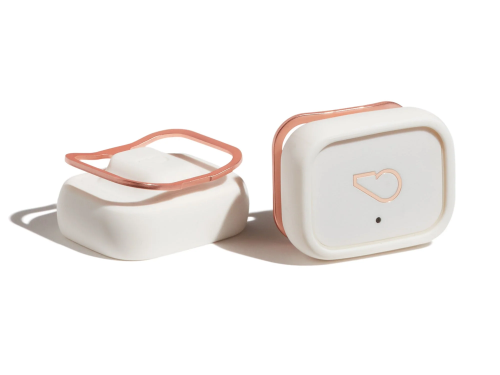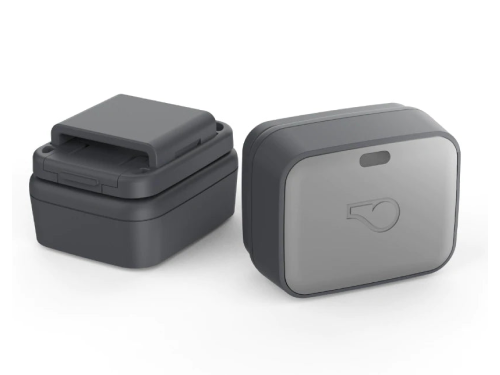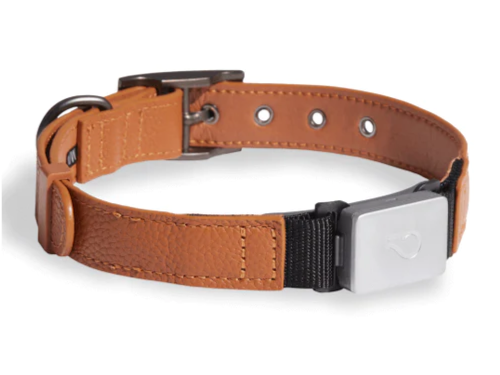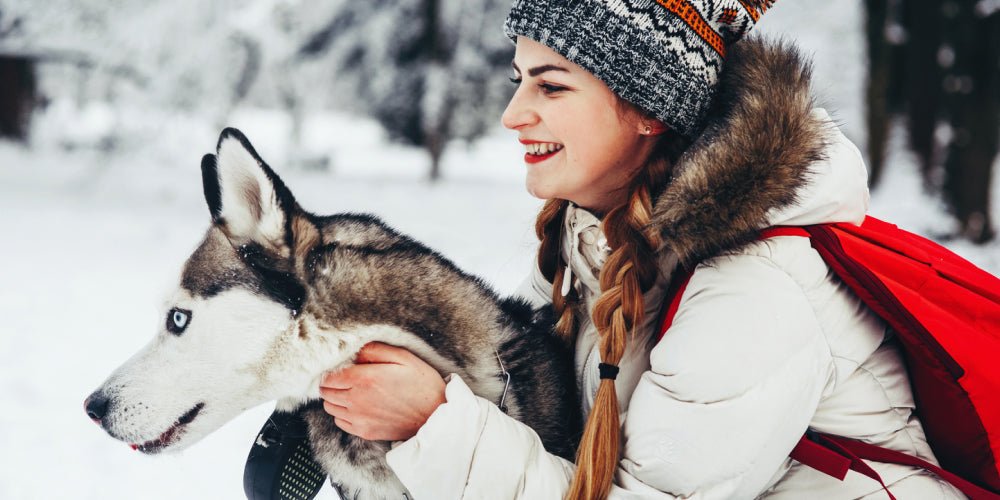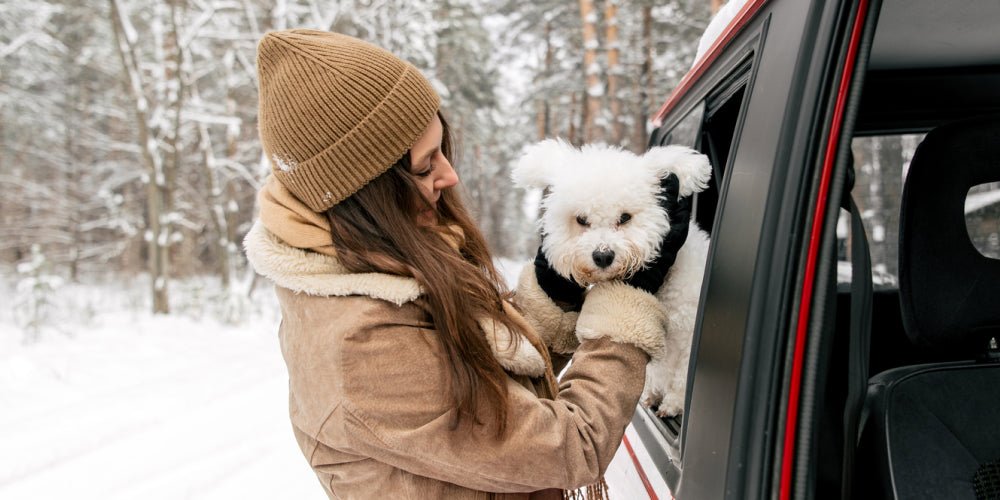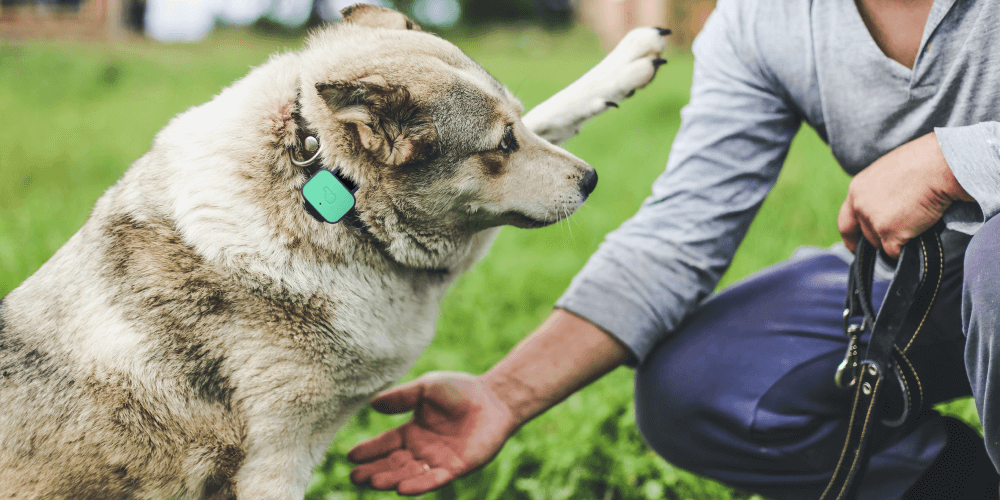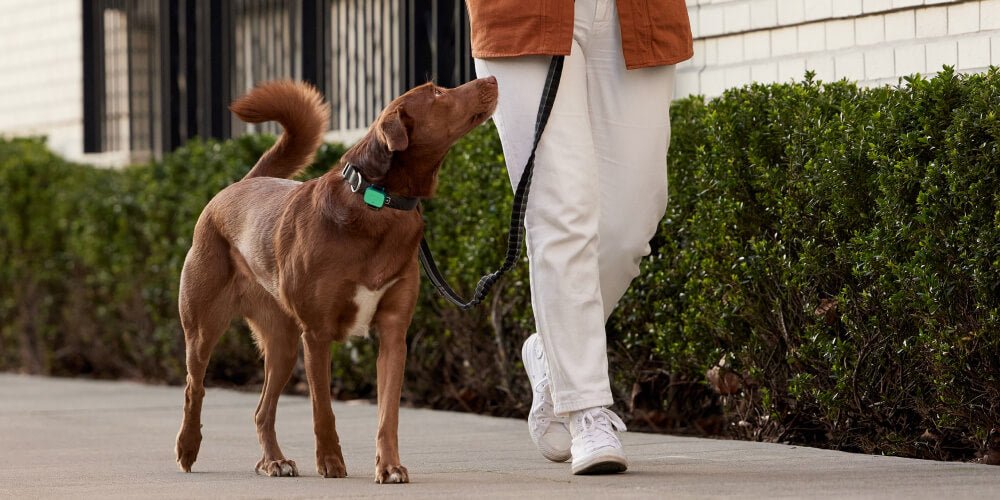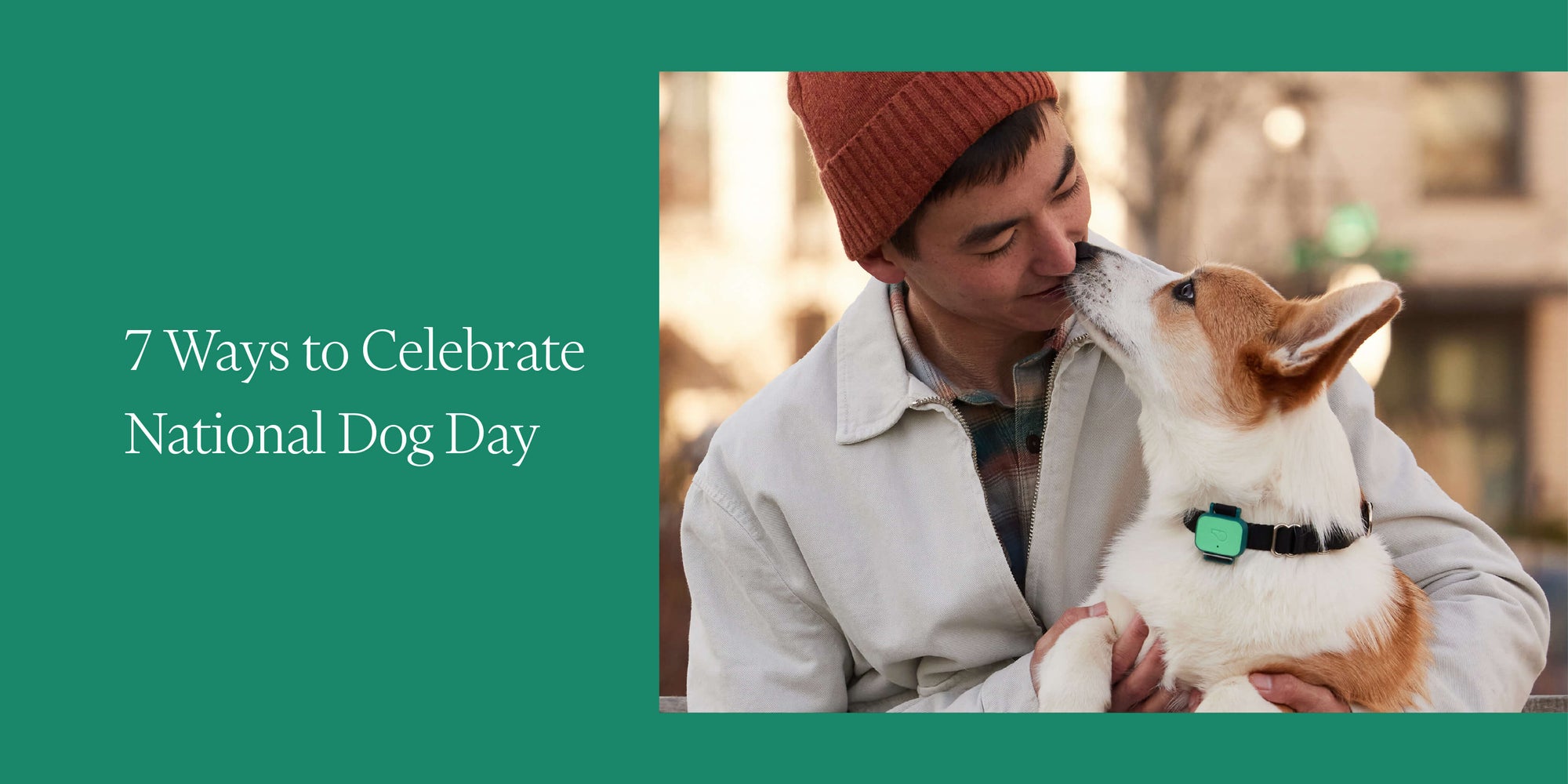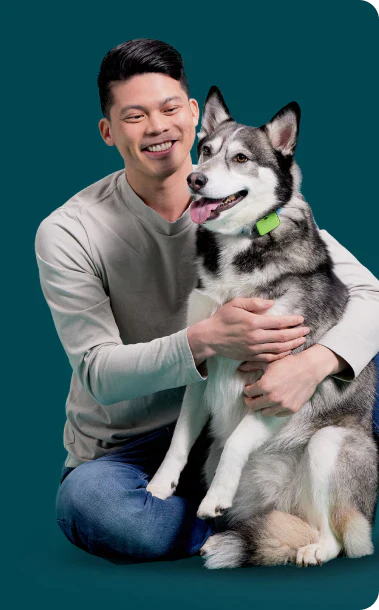5 Halloween Safety Tips for Pets
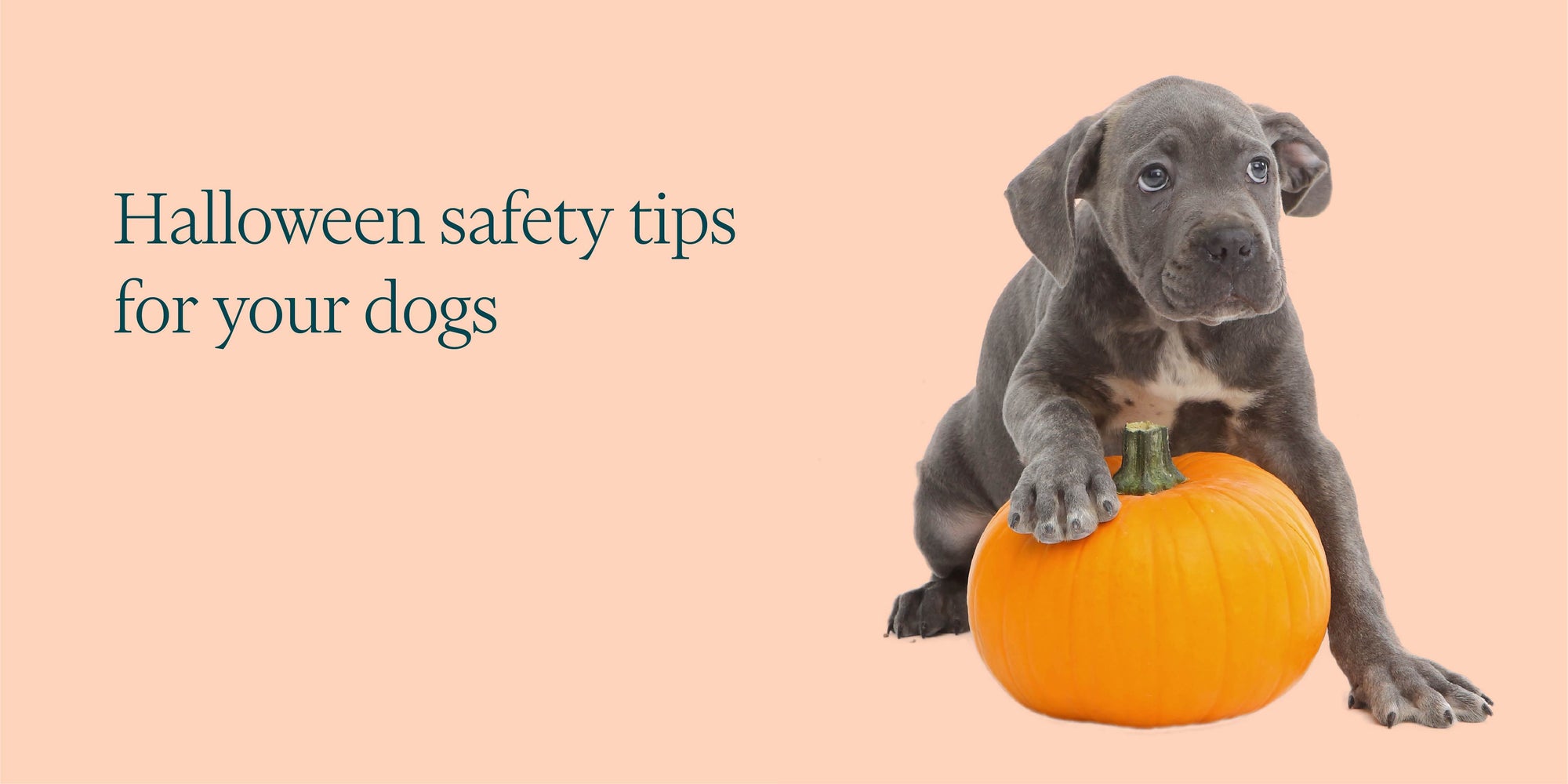
Your pooch knows tricks and loves treats but that doesn’t mean he should participate in all of the Halloween festivities. You can ensure that “fright night” doesn’t turn into a scary experience for your pet by following these five tips that make pet safety a priority on Halloween.
1. Find a safe spot:
Repeatedly opening the door to trick-or-treaters offers an escape hatch for anxious pets. To keep your dog from darting out the door each time the doorbell rings, put him in his crate with a special treat or toy. Or, consider setting a bowl of treats on the porch where visiting ghosts and goblins can help themselves (and avoid ringing the doorbell and setting off an anxious barking spree).
2. Prevent a ghoulish disappearance:
The unfamiliar sights and sounds on Halloween could spook your pup and cause him to run. If he does dart out the door, make sure he’s wearing a fully charged smart collar and identification tags. The GPS location tracking monitor and real time escape notifications in the Whistle Health & GPS and Whistle Health & GPS+ will make it easy to find your dog among the trick-or-treaters so you can be reunited quickly.
3. Hide the Halloween candy:
When your dog looks at the candy bowl and makes puppy dog eyes, you may be thinking, “Can my dog eat candy?” The short answer is no. (And, no, cats shouldn’t eat candy either).
Many popular Halloween treats are toxic to pets. Chocolate, especially dark chocolate, can cause symptoms like vomiting, diarrhea, rapid breathing, increased heart rate and seizures. The ASPCA Poison Control Center listed chocolate as one of its top 10 toxins for pets. Gum and other sugar-free treats are often made with xylitol, an artificial sweetener, that can cause liver failure and even death.
It’s not just the treats that cause problems. The shiny wrappers, if ingested, can cause intestinal blockages.
Your pooch may be willing to try all of his tricks to access the candy stash, so it’s essential to keep the tempting treats out of reach. Store Halloween candy in upper cabinets, in the refrigerator or in another inaccessible spot.
4. Choose spook-tacular (and safe) decorations:
Your haunted house shouldn’t be a nightmare for your four-legged friends. The candle in the jack-o-lantern, wires leading to the festive inflatables and tinsel on the ornamental spiders could all cause Halloween safety hazards for your pets.
Opt for battery-operated “candles” over an open flame, install electrical cord covers to deter curious chewers, and keep other decorations out of reach to prevent your dog from eating spiders, witches and black cats that could cause tummy troubles (or worse).
Even your pumpkins and cornstalks should be off limits; both could contain mold that can be toxic if it’s ingested.
5. Reconsider costumes:
Yes, your dog looks adorable dressed as the mailman and your cat makes the cutest little pumpkin but not all pets love costumes.
If dressing your pet in a Halloween costume causes stress, skip it. Halloween can be a stressful time for pets—hello, strangers in weird attire ringing the doorbell—and forcing your dog to dress up could make the disrupted routine feel even scarier. Celebrate the season with pumpkin-shaped dog treats or a squeak toy shaped like a candy corn instead of a costume.
Got a pet that loves to get dressed up? Make sure it’s a dog-friendly! Your pet’s costume shouldn’t include buttons, ribbons or other pieces that could get loose and become choking hazards. Make sure it fits well and never leave your dog unattended in his costume.
These simple Halloween pet safety tips will ensure you won’t spook your pooch on the scariest night of the year
